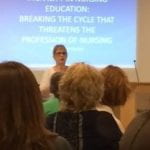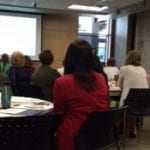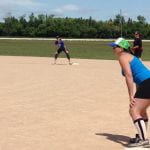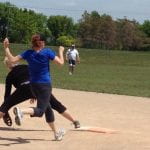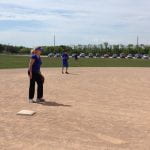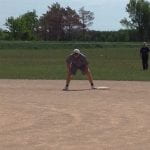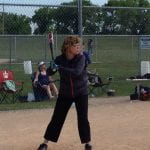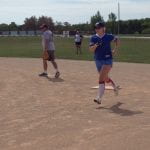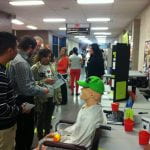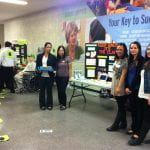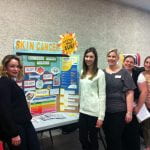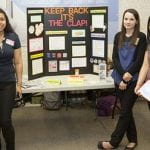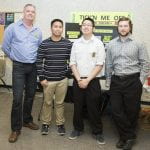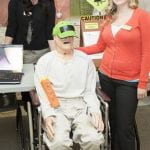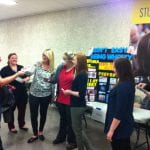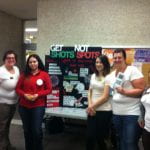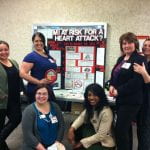Student Work Experience: Jingjing Wang
My name is Jingjing Wang and I worked as a Plant Pathology and Cereal Breeding Assistant at the Agriculture and Agri-Food Canada Brandon Research center for my summer Co-op term. I was assigned to a project looking for barley strains with resistant genes using RT-PCR data. During my work term, I received training in WHMIS, DNA extraction, operating RT-PCR instrumentation and lab sterilization practices.
My daily work was to perform DNA extractions of various barleys and to screen the resulting genetic material by running it through the RT-PCR. Subsequently, I organized the results and made a conclusion for each run.
In addition to working in the lab, I also did field work. This meant that I had a really good combination of theoretical and practical experience, which gave me a better understanding of my work in the molecular lab. At the research center, I not only picked up technical skills, but also professional skills. I learned how to work with my group efficiently and how to map out tasks.
All in all, the Brandon Research Station is a really nice place to work. I am thankful to all the Chemical and Biosciences Technology instructors at Red River College for helping me learn the skills I needed to get this position.


